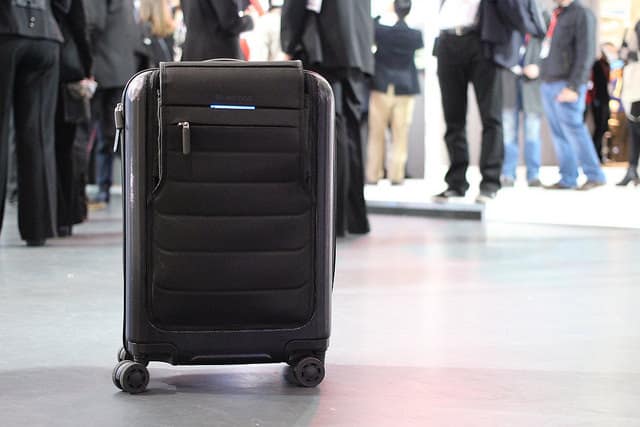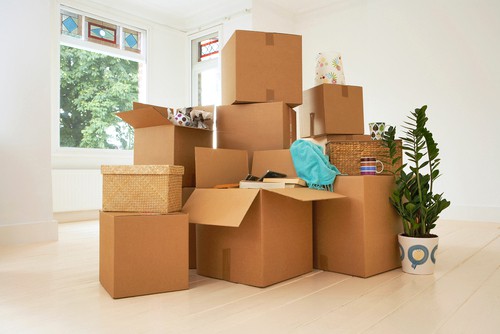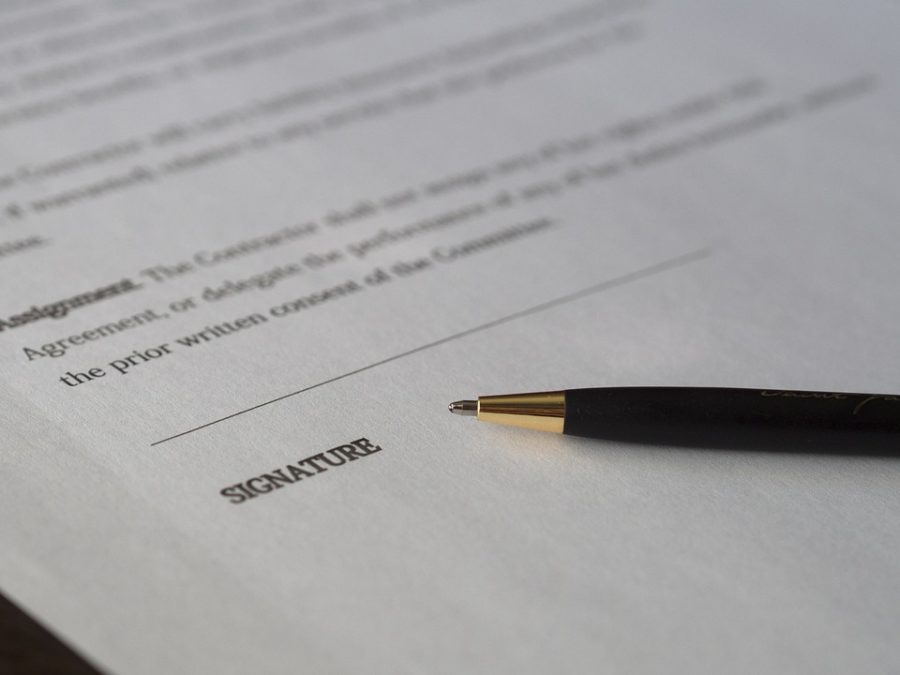Moving overseas is stressful enough as it is, so you really don’t need the extra hassle of losing your belongings along the way. In order to ensure that your belongings and your sanity stay nice and safe, you want to ensure that you are well-informed and ready for every situation.
Packing Your Belongings
This should go without saying, however planning is essential for ensuring that nothing gets lost along the way. You should know exactly what you have and where everything is. Starting early is extremely important, so as early as possible, dedicate a space to sorting out belongings that you plan to relocate.

If you plan to transport some of your belongings by sea, remember that it can take some time for them to arrive at the destination, so ensure you establish which of your belongings you’ll be able to live without for a while.
Things To Bring On The Plane
There are certain belongings you will be taking with you during the flight. In order to keep them accounted for, ensure that you know what belongs in which bag.
Carry on bags
Once you have established your airline, make sure you check out that their regulations are regarding carry-on bags, especially in regards to weight. You don’t want to risk having an overweight carry-on, as it could be taken away and checked in as luggage.
In your carry-on bag, you should have everything you absolutely CANNOT afford to lose:
- Important documents (with scanned digital copies saved somewhere else, just in case)
- Jewellery and other valuables
- Important electronics, along with their chargers
- Passports and airline ticket information
- Medication and prescriptions
- Journals and planners
- Wallet, money, and cards

Checked in luggage
Again, you should check your airline’s weight limits and regulations in advance. Your checked-in luggage should contain items you’ll need straight away but are replaceable if your luggage is misplaced (in other words, no valuables). These could be clothes, shoes, toiletries, and other things you need for now.
Shipping Containers
Just as it’s important to keep your belongings safe on the plane, it’s extremely important to consider the safety of your belongings during shipment.

When you move overseas there is a lot of international shipping options for your belongings, so how do you decide which is best for you? You need to establish how much you are transporting, how fast you want them delivered, routing and cost considerations.
Overseas Packers & Shippers provides four overseas shipping options:
Full Container Load (FCL)
If you are taking a majority of your belongings (i.e. household furniture and other effects), you could consider going for an FCL option. Container sizes come in either 20ft container, suitable for holding the contents of an average 3 bedroom home, or a 40ft container for larger homes and/or accompanying vehicles. Your belongings solely will be loaded into the shipping container, sealed and loaded onto the next shipment.
Groupage (Shared)
For those without enough items to fill an FCL, or simply have a lower budget these are groupage (or shared) containers available. In this situation, you are only paying for the space you take up in the container. Your items are packed and brought to the warehouse and loaded along with belongings from other people travelling to the same country. Once the container is full, it is shipped to the port of entry at your destination, meaning it will take a bit longer to arrive than an FCL as a result.
Less than Container Load (LCL)
In the occasion where you don’t have enough items to utilise your own container, you can opt for LCL. Your packed belongings are securely transported directly to the shipping line, sealed and shipped to the destination. This is an ideal option for countries where groupage is not an option and timing is important.
Air Freight
If you need items delivered to your destination fast, then air freight would be the best option, with an average transit time of 7-10 days on a full door-to-door basis. You are charged either by dead weight (actual weight) or volumetric weight (how much room it takes up).
Your air shipment will contain the things you’ll need in the first month of moving. These can include:
- Kitchen appliances
- Printers/scanners
- More clothes and shoes
- Bedding/pillows/towels
Everything else you won’t need immediately should be shipped, so again, make allowances for items you won’t be seeing for a few more months. You should also check with your new country about any restrictions or duties on what you plan to transport over.

Sort Out Insurance
In the extremely unfortunate case that loss or breakage occurs, having insurance is what will save you a great deal of a headache. You have different options depending on the amount of coverage you are after.
Here is a breakdown of international moving insurance options:
1. Legal Liability
Your basic level of insurance mandated under a legal liability standard set by the transport industry. This type of insurance doesn’t cover partial loss, meaning that if something is damaged but not broken, then it is not covered. (not comfortable with this. It reads that if something is lost they are covered and they are not.)
There are three types of insurance. Restricted Cover which covers you for loss of an individual item or the entire shipment. Total Loss which covers you for the complete loss of the entire shipment as a result of things like container falling off the ship. All Risk which covers you from breakages and damages (when we professionally pack) from the moment we walk through the client’s door at origin until our agents unpack and leave their home at their new destination. Remove any reference to “fair amount of paperwork” because there is not.
2. Total Loss Coverage
This option keeps you covered completely for the declared value of belongings if the entire shipment is lost, destroyed or damaged. This method requires a fair amount of paperwork, however, you can sleep easy knowing that you are covered if something goes wrong. Partial loss is generally not covered by this option.
3. All-Risk Cargo Insurance
This is the most comprehensive and expensive option which covers you in the case of any damage or loss during ocean transit, including theft and partial damage. This is highly recommended for household goods and automobile shipments.
While great care is taken in the transportation of your belonging, damage is sometimes unavoidable. Overseas Packers & Shippers offer a range of insurance options to keep you covered, with expert consultants to help you choose the cover that’s best for you.
Ensure Yourself A Stress-Free Transition
If you have never moved overseas before, then transporting your belongings will be without a doubt a daunting experience at first. So you want to ensure that you are alleviating as much stress as possible – remember to plan ahead, leave no stone unturned and this should save you a world of pain.

